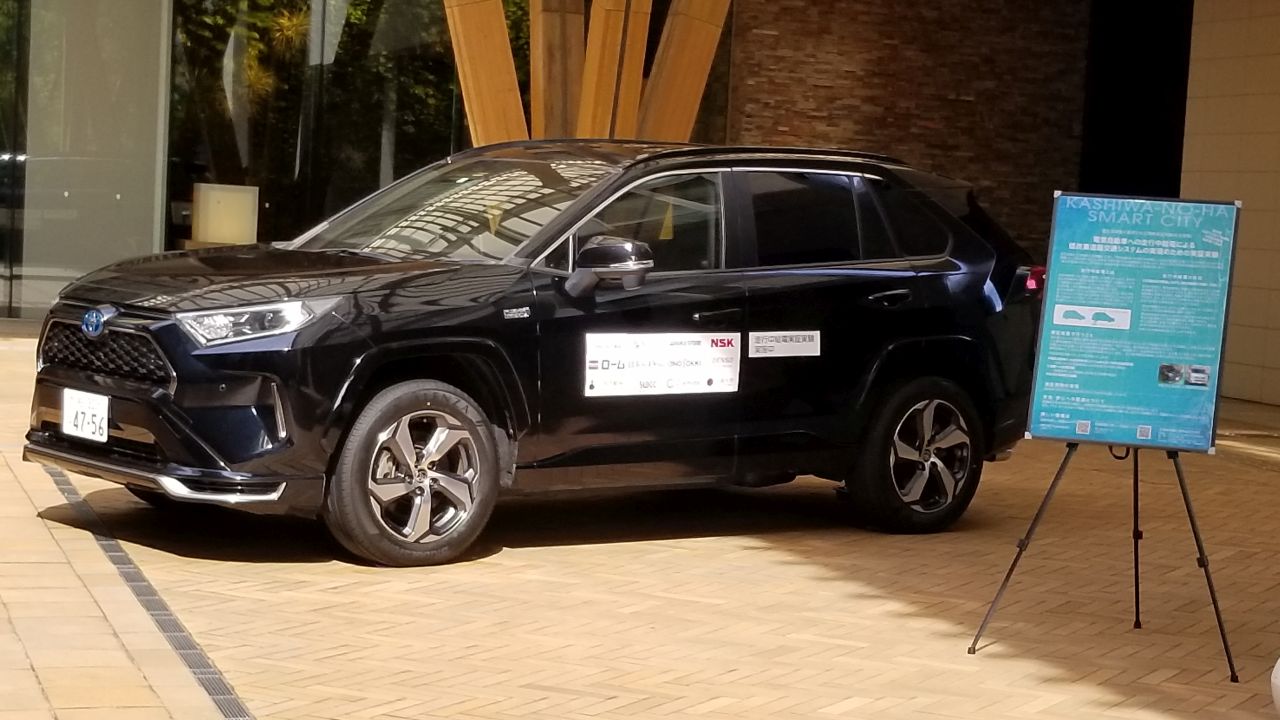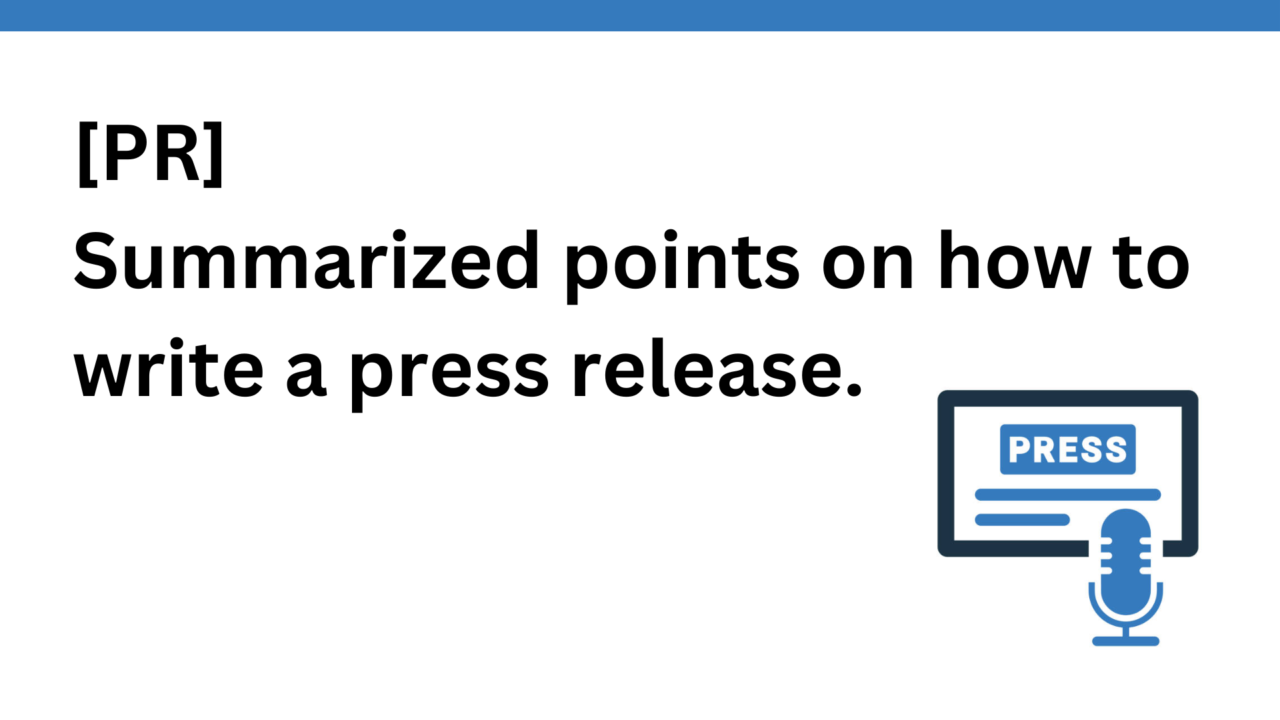Introduction.
A science fiction novel written by Takahiro Yasuno, who is running for the Tokyo gubernatorial election to be held on July 7, won the Excellence Award at the 9th Hayakawa Science Fiction Contest.
Mr. Yasuno was born in 1990. After entering the University of Tokyo from Kaisei High School, he worked in the so-called “Matsuo Lab”, the laboratory of Professor Yutaka Matsuo, a leading AI researcher in Japan, before founding his own AI startup. He is both an unexplored super creator and a science fiction writer. He is also a science fiction writer. I found out about Mr. Yasuno through the buzz on X that there was this amazing person running for governor of Tokyo, and I picked up a copy of his science fiction novel about automatic driving. I picked it up and read it. It was really interesting.
As for science fiction novels, I recently read “Three Bodies,” and it was as interesting as it sounds, and I read it in one sitting in about two hours. I could feel the author’s talent everywhere, and it made me think, “What does heaven give us?” I thought.
Note that this article contains spoilers, so it is recommended to read it after reading this article.
summary
It is the year 2029 in Japan, when “fully automated cars” that do not require any human intervention are rapidly gaining popularity. One day, Yoshiharu Sakamoto, a representative of Simon Technologies, a company that develops self-driving algorithms, is attacked and detained in a self-driving car at work. The mysterious attacker, who calls himself “Mukallahu,” declares that Sakamoto is a murderer and begins interrogating him. As the incident is broadcast to the world via a video distribution site, Mukallahu demands that the Metropolitan Expressway Central Ring Road where the car is driving be blocked off, and tells Sakamoto that if it is not, a bomb will explode inside the car. …… What is Mukallahu’s goal? This is a suspenseful and realistic story about the future of technology and its pitfalls.
A realistic, automated future
The first thing that impressed me was that, as was the case with the three bodies, the description of the near-future scene when the near-future technology (automatic driving in this work) arrives is so realistic and concrete. The author is an AI engineer and has a deep knowledge of automated driving technology, which is probably why he is able to achieve this.
Here are some excerpts that I found enlightening.
We have coils embedded in the ground so that we can feed power to the vehicle while it is running. The speed of the power feed is faster than the speed of the batteries, so theoretically the vehicle could continue to run semi-permanently until a component breaks down.”
Circuit Switcher” Takahiro Yasuno
This probably describes Dynamic Wireless Power Transfer (DWPT). A power transmission coil is embedded in the ground and a power receiving coil is installed at the bottom of the electric vehicle. When an alternating current is applied to the power transmission coil, a fluctuating magnetic field is generated based on Faraday’s law of electromagnetic induction. The coil on the receiving side (power receiving coil) has a resonance circuit adjusted to a frequency that resonates with the magnetic field of the power transmission coil. This allows the receiving coil to efficiently receive the oscillations of the magnetic field of the power transmission coil.
By burying the power transmission coils in a specific section of road and supplying power to a running electric vehicle, the battery can be recharged while the vehicle is running, keeping battery capacity small.

As of October 2023, 11 universities and companies, including the University of Tokyo, have reportedly started Japan’s first demonstration test of driving while powered (DWPT) on public roads. Perhaps it really will be put to practical use in 2029. Are highly efficient and stable power transmission, infrastructure cost, durability, and security issues?

‘Excuse me, the answer is a small delivery vehicle. This is the first vehicle type that has appeared with the realization of fully automated driving. It is even smaller than the old mini cars and can only carry about three cardboard boxes, but it is perfect for food delivery and product delivery applications from e-commerce sites. Because they are small, they can be easily mass-produced, and in recent years they have been made in large numbers. The number of these vehicles is increasing to the point where they are outnumbering the number of cars themselves, and together they account for about 80% of the total number of cars.
Circuit Switcher” Takahiro Yasuno
With regard to food delivery services such as Uber and Delivery House, and Amazon’s home delivery (although Amazon is also experimenting with drone delivery, etc.), it is very possible that we will see the emergence of small self-driving delivery vehicles in the near future.
The scene reminded me of a scene from the sci-fi anime PSYCHO-PASS.
The vividness of a theatrical crime with technology
The film thrillingly depicts a theatrical crime in which Sakamoto, the president of Simon Technology, a company that has achieved Level 5 fully automated driving, is hijacked by someone while driving automatically.
The defiance is streamed in real-time on YouTube along with the perpetrator’s face, and over 10 million people are watching the real streaming, a situation that is unique in this day and age. Also, even though the perpetrator’s face is publicly available, for some reason, the police continue to be pushed around without being caught in a search in the Metropolitan Police Department’s mugshot database.
In fact, this is a vivid depiction of the pitfalls of the current system, where the perpetrator had his face deep-faked and distributed for real on YouTube, but cannot be identified from his mug shot.
How is it possible to deep-fake a real-time feed? I wondered, but such a YouTube video had already been uploaded.
Incidentally, in this work, “The resolution of the image, only for the face, is higher than that of the surrounding area. It is too vivid,” a product manager at Google noticed, and he figured out that it was a deep fake. In reality, however, it would be difficult to detect this method, as the perpetrators would have to take countermeasures.
The true nature of fine-tuning automated driving technology
The purpose of this theatrical crime is to expose the truth that the husband of an Indonesian wife and child, who lost his life after being hit by an automated vehicle in a trolley problem, may have been designed so that the automated algorithm was unfairly biased by race.

In response to this, although no such arbitrary racist algorithm was added to the Simon code that was actually creating the automated driving algorithm, to my surprise, it was fine-tuned at Matsuki Motors (probably a Toyota character), the company to which the code was delivered. This was a startling revelation.
I did not expect this development at all, and I felt that it was expected to involve fine-tuning, another seasonal keyword in AI.
However, Matsuki Motors did not like the fine-tuning, and they had their own justifications as follows
May I?” Before the widespread adoption of automated vehicles, damages were imposed on individual drivers. Even in those days, compensation for damages was ordered in the hundreds of millions of yen in high cases, and the individual who had to bear such compensation had no choice but to go bankrupt.
In the age of automated driving, however, the manufacturer bears the entire responsibility for accidents. Compensation for damages that had previously been borne by a large number of people in a dispersed manner became concentrated in the hands of just a few companies. Considering the risk of claims for accidents, automated driving has become a business where the more you commit, the more you lose.”
For the development of society, self-driving technology should have been promoted immediately. But the wrong rules and distorted incentive structures have made the self-driving business itself unviable.”
Circuit Switcher” Takahiro Yasuno
Therefore, Matsuki Jidosha tried to do justice to minimize the amount of compensation and advance automated driving technology while minimizing social losses by fine-tuning the automated driving algorithm in such a way as to “target people with low income and low compensation for damages.
This is probably another example of Bentham’s “greatest happiness for the greatest number” (utilitarianism) in the broad sense of the term. As long as commercial enterprises are implemented, this tendency is likely to be hard to avoid.
Each justice beyond open-sourcing
Upon learning the startling truth, Sakamoto implements another outrageous solution as a last resort: open-sourcing the automatic driving technology.
If it is made open source, the actual fine-tuning that Matsuki Automobile was doing will automatically come to light from the differentials.
Open source means that anyone in the world will be able to implement their own ideas of justice on the algorithm. In the future, we will see many fine-tuned algorithms. When the trolley problem arises, what criteria will be used to choose the path to take? People will be able to decide for themselves.
In the future, victims of self-driving cars will be able to see what decision-making algorithms caused their accidents. All accidents will be publicly accepted optimal solutions.
Circuit Switcher” Takahiro Yasuno
This is not all good, and it ends with a bleak future in which those killed by the algorithm will not even have a place to vent their anger, ‘however, this algorithm is the optimal solution to the current situation that the public (the majority of people) has accepted.
summary
The book was fast-paced and made me think about technology and society. I would love to see it made into a movie. It’s thrilling, it preaches awareness of social issues, and it would be a great companion piece to a movie.
It was a great science fiction novel. I will try to read his other works.





